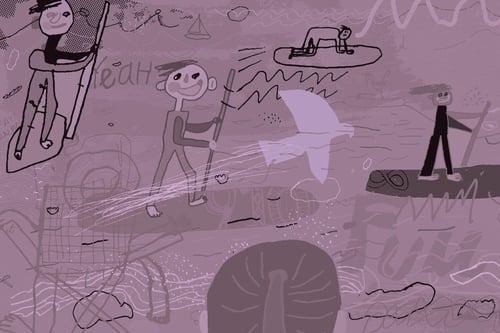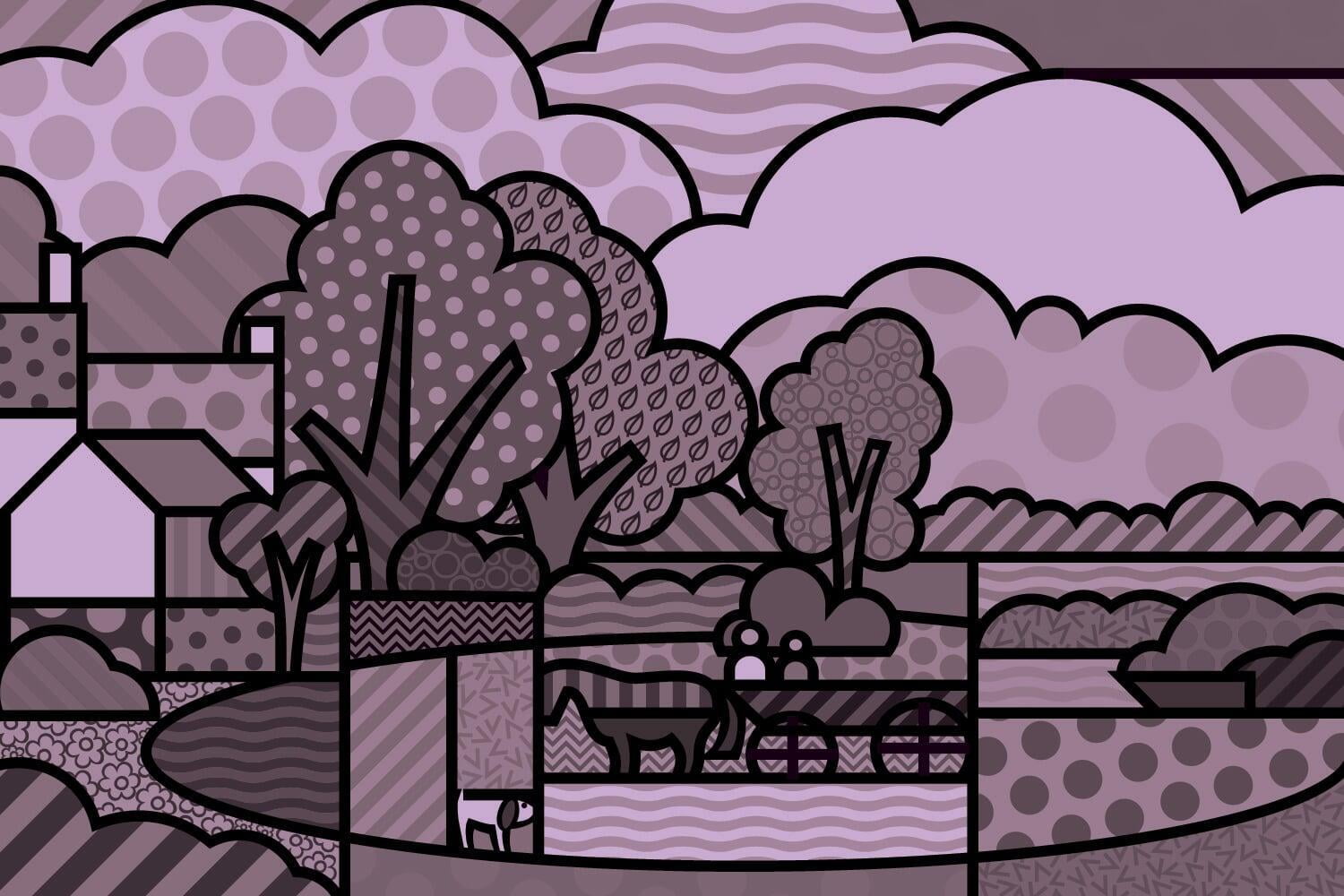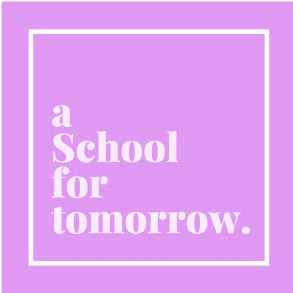Game Changers | Live | School Communities
A Learning Community That Grows Together
Fit for purpose 21C schools operate as learning communities. This idea speaks to the nature of a high-performance learning culture that has achieved excellence in the delivery of an education for 21C character and competency.

Fit for purpose 21C schools operate as learning communities. This idea speaks to the nature of a high-performance learning culture that has achieved excellence in the delivery of an education for 21C character and competency. A high-performance culture comprises all we do to make real the promise of excellent 21C education in a school. It is a confluence of process and product towards a desired set of results that exceed that which has come before. It is most successfully constructed within the formal and informal structures of an evidence-based community of inquiry and practice. In this, we see people coming together to ask important questions about what is being done and the purpose to which these actions are put. Evidence of the lived experience and the learning that emerges must be collected. Routine habits of research and development – hypothesising “what if?”, experimentation, data collection, analysis, proposition, debate, the exercise of creative and critical thinking – become part of “the way we do things here”.
The object of such a culture requires us to demand something better than simply maintaining a default position of preserving the status quo. Our society demands its citizens contribute on an ongoing basis to a marketplace of the exchange of ideas that treasures a combination of the old and the new but which at no point seems to hold itself in place or retreat to the past. Change readiness, therefore, is a natural and necessary part of the human condition, even though it challenges us constantly to review, reconsider, and adapt what we do even when we might prefer it otherwise. When change is natural and necessary, therefore, we need to do more than just grudgingly concede defeat. We need to embrace the opportunity to learn from what has happened and to grow and evolve. In this way, we might more successfully model both individually and organisationally those same competencies that we seek to teach to our students.
As part of this, we also need to ensure that we routinely and rigorously test the efficacy and relevance of what we do by measuring the impact of what we do, especially our impact on the learning of our students. If schools are going to remain fit for purpose in educating young people with good character, we need to know what is going on in them and to what effect our labour is being put. We can’t just assume that output will equal input and that all of the emotion and effort we put into the business of educating young people will be both well-directed and also bear the fruit we wish it to. We need to evaluate the efficacy of our work and we need to know it is doing good. If not, then we need to be assiduous in finding new and better ways of doing things.
Our society demands its citizens contribute on an ongoing basis to a marketplace of the exchange of ideas that treasures a combination of the old and the new but which at no point seems to hold itself in place or retreat to the past. Change readiness, therefore, is a natural and necessary part of the human condition, even though it challenges us constantly to review, reconsider, and adapt what we do even when we might prefer it otherwise.
We need, therefore, to understand also how what we do individually in our learning, living, leadership and work can be situated within a model of what we do to grow and mature as an organisation collectively. Thus, the qualities that sit at the heart of growth-minded change culture are the adaptive expertise and self-efficacy of the members of the community both individually and collectively. Adaptive expertise means growing in character, competency and wellness and using these to solve known and new problems. Self-efficacy means organising yourself and your learning, living, leadership and work to optimise your character, competency and wellness so that you can thrive in your world. In our model for measuring the extent of adaptive expertise and self-efficacy that indicate organisational maturity, we trace how a school moves through a continuum of strategic educational development of its learning capacity.
Demonstrates individual practice
We permit community members to pursue their own interests in an educational program with little authentic connection to each other’s practice beyond a base level of compliance to regulatory or broad community expectations
Demonstrates strategic awareness
We begin to compare practice and develop a collective sense of our shared and individual purposes in an education for 21C character and competency
Demonstrates strategic intent
We draw on our understanding of our community to design school life and the education for education for 21C character and competency that occurs within it around an ethos of serving others
Demonstrates strategic judgement
We increasingly use evidence to make good strategic decisions about how best to pursue, recognise, and celebrate educational goals and strategies
Demonstrates strategic coherence
We can demonstrate consistency and quality of education for 21C character and competency that allows many in our community to live a values-rich life of contribution and leadership within a learning community
Demonstrates fit for purpose capacity
We achieve significant impact for the benefit of all within a genuine community of inquiry and practice focused on 21C outcomes that prepare our students especially to thrive in the world of tomorrow
To make this progress happen, school leaders need to help align strategic intentions with actions and embed them in their organisation’s culture and operations. Their solutions must also address the potential gap between intentions for school improvement, and the actions and measures needed to achieve the desired outcomes.
The highest performing of those learning communities which we call “schools of character” demonstrate a shared vision and vocabulary for their preferred future, an agreed value proposition for what the school delivers, and change whose velocity, shape, and trajectory have all been designed and implemented to attenuate the demands and pressures of the school’s external and internal contexts. They deliver an excellent education for character that is founded on fit for purpose graduate outcomes and their key 21C qualities and competencies (character, communication, change readiness, creative and critical thinking, citizenship, and collaboration), and the expression of these in a curriculum that allows schools to shape their educational philosophies, programs and activities accordingly towards a preferred future in the years ahead as evidence-based communities of inquiry and practice that are focused on improving outcomes for more learners.
So much of the individual and collective adaptive expertise and self-efficacy in a learning community is driven by the sharing of a culture of growth minded change culture, one that is inspired, supported and challenged by leaders who want more for learners.






